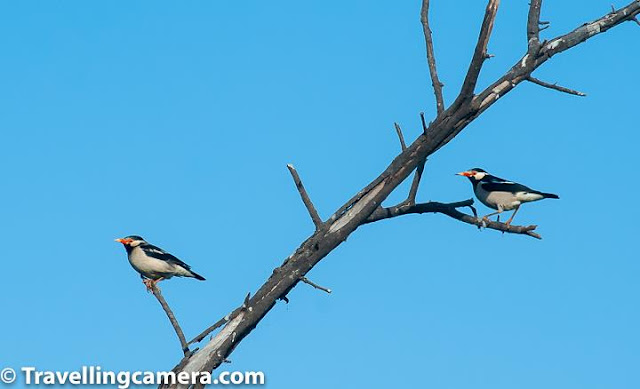 |
| Brahminy Starling |
 |
| Bank Mynah |
 |
| Common Mynah |
 |
| Pied Starling |
 |
| Brahminy Starling |
 |
| Pied Starling |
 |
| Pied Starling |
 |
This is all about starlings, we will be back again next month with the Bird of the month of June.
 |
| Brahminy Starling |
 |
| Bank Mynah |
 |
| Common Mynah |
 |
| Pied Starling |
 |
| Brahminy Starling |
 |
| Pied Starling |
 |
| Pied Starling |
 |
Comments